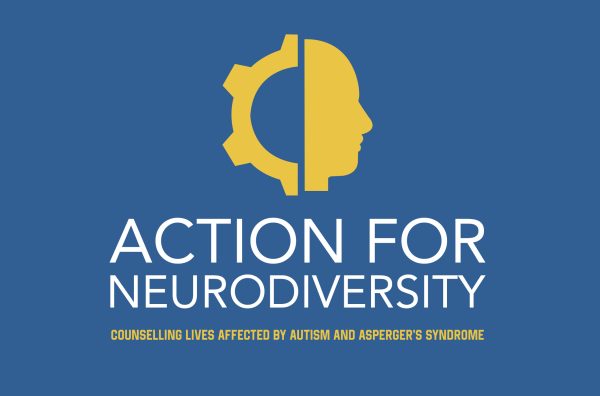What is Autism/Asperger’s syndrome?
We need to share with you, the reader, that we are not supporters of the notion that autism is a disorder; it is a differing neurological profile that happens to comprise of the minority of the global population – 1% in fact – but as any minority group will tell you, living life in the small lane can often lead to feelings of marginalisation, depression, anxiety and more.
Asperger’s syndrome ceased to exist in May 2013, when the diagnostic manual of psychiatry – the DSM-IV – launched the umbrella term of “autism spectrum disorder” in the new DSM-5. They also abandoned Roman numerals!
At Action for Neurodiversity, we see autism/Asperger’s, and any other autism-related descriptors as, quite simply:
• Qualitative impairment in social communication
• Qualitative impairment in social interaction
• Thinking/behaviour that is rigid, repetitive, routine, and ritualistic
• With individuals experiencing, in the majority of cases, some sensory sensitivity issues.
Since there exist hundreds of thousands of individuals “out there” with the diagnostic descriptor of Asperger’s syndrome, alongside the fact that many individuals, since May 2013, have acquired the clinical descriptor of ASD, our use of the term essentially means the same. However, there are “severity levels” of ASD: there are three:
Current Classifications of Autism Spectrum Disorder
• ASD Level 1 – Level 1 ASD is currently the lowest classification. …
• ASD Level 2 – In the mid-range of ASD is Level 2. …
• ASD Level 3 – On the most severe end of the spectrum is Level 3 which requires
very substantial support.
The majority of our clients have an ASD Level 1 classification whom we see, though that is not by choice; we do in fact have some level 2-3 clients on our client register also.
It is not that people with ASD/Asperger’s can’t communicate or interact – they can – but there is an unusual quality to the way in which they do so; it might be that someone with Asperger’s/ASD “talks at you” or perhaps speaks in an unusual tone/pitch. It varies with everyone…and please, do not think that because you’ve met one person with autism/Asperger’s… that you know it all, for, like in the mainly neurologically typical population, each one of us is different. There is a saying in the autistic community – “if you’ve met one person with autism, you’ve met one person with autism”. This is so true, yet so many therapists and clinicians think that because they’ve seen half a dozen clients/patients with ASD/Asperger’s, that they are “experts”. Here, at Action for Asperger’s, we have seen over 7,000 clients with autism/Asperger’s syndrome of all ages, and we continue to learn from each client.
Autism/Asperger’s usually never comes alone; most people with the diagnosis have what is known as a co-morbid condition. Popular co-morbid conditions include – attention deficit hyperactivity disorder (ADHD), obsessional compulsive disorder (OCD), dyspraxia, dysgraphia, and most commonly, anxiety and depression.
Whatever your variant of autism, whatever your co-morbid descriptor, we pledge to accept you for YOU.




